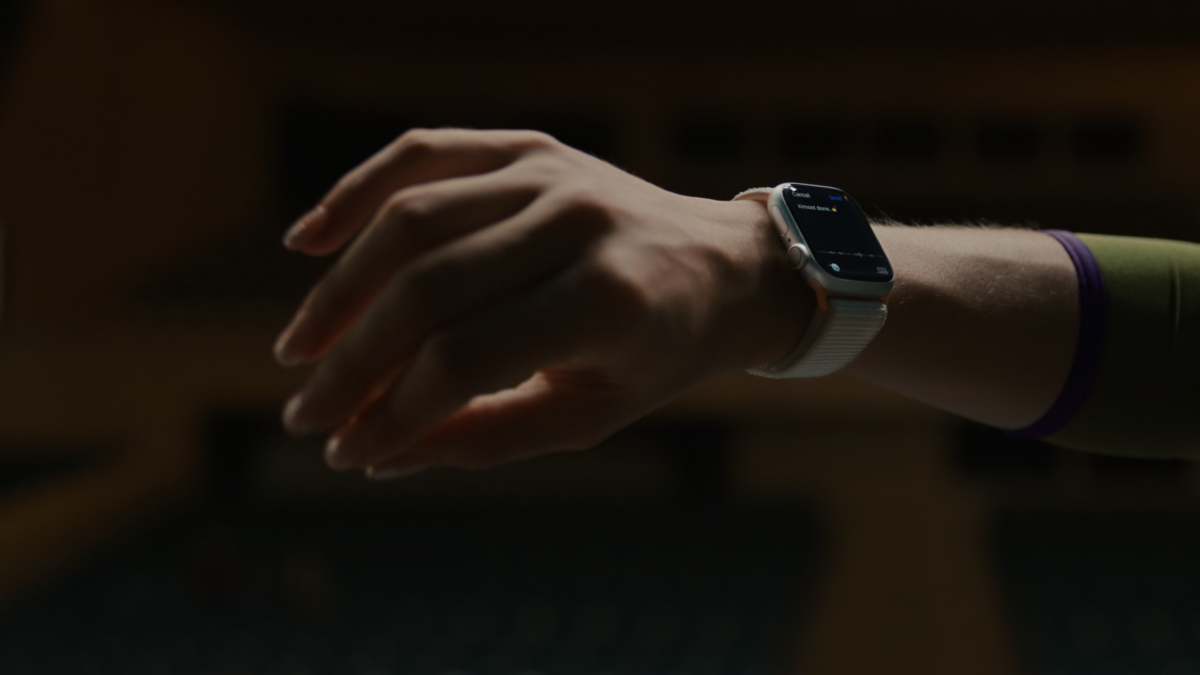After watching the entire Apple Event 2023, here are my observations and thoughts.
Continue reading “Apple Event 2023 Distilled: Gesture Interaction, Material Innovation, and Spatial Computing Lynchpin”
Staying Cool with Help from a Thermo Blanket
Beat the heat with a simple thermo blanket trick! Discover how small actions can make a big difference in the battle against climate change.
How’s your summer going? Have you been impacted by wildfire or heatwave? Struggled to sleep during muggy nights? How does your summer compare to five or ten years ago?
Continue reading “Staying Cool with Help from a Thermo Blanket”
A Personal Experience: Right to Repair
Early this year, I dropped my 8+ years old iPhone 6 at the swimming pool change room, smashing its screen. Since I wanted an iPhone with USB-C, and there’s rumor that the 15th generation will have it, I decided to hold it till its 9th birthday and replace the shattered screen.
There were two options:
- Service at Apple Store, taking a few hours, and costing $129.
- Get an aftermarket screen kit, do it myself, for $60.
Given that my iPhone 6 has reached its End of Life, and I have been curious about the DIY fix experience for an iPhone, I order the screen repair kit from iFixit.
After spending 10 hours to get everything right, I’d recommend sending your phone to Apple if your phone needs the same love.
True Motivations, Formidable Hurdles Ahead for Meta's Multi-Billion Endeavor: Values & Challenges of the Metaverse, Viewed from a Startup Product Manager
In late October 2021, Facebook changed its name to Meta. And announced the ambitious Metaverse project in the Connect 2021 keynote. I was excited to see a tech giant pledged to invest heavily into an unknown realm and bet its future on it. As a used-to-be industrial design practitioner who has fluent 3D skills, I even called my classmate at UW who had a passion for AR/VR saying that maybe we can do something together—like become developers for the Metaverse.
However, after spending some time thinking about it. I became cautious and eventually pessimistic about the Metaverse. The rationales were based on my experience working on software + hardware projects as a Product Manager & Designer for 7+ years.
I wanted to write this post as early as November 2021. But as I was busy working on the End-of-Year campaigns and product planning works for my full-time job, plus my Christmas road trip to Oregon, I procrastinated until now.
TL; DR & My Opinions
- Zuckerberg hopes the Metaverse to be the successor to the mobile internet.
- My opinion: While theoretically useful and cool, some scientific & cognition challenges can block the wide adoption of the tech. The reception of the solution by the mainstream population will decide if Metaverse can live up to the hype.
- My opinion: I believe the adoption would be better in the professional market vs. the consumer one.
-
My opinion: Allowing people without VR headsets to engage in the Metaverse will lower the entrance barrier. With a boosting Metaverse population, the industry is more likely to invest more resources and build the ecosystem together.
If you have not watched the Connect 2021, no worries. Here are the “whys”, “hows”, and “whats” of the Metaverse according to Zuckerberg:
- From computers to cellphones with a camera, the Internet has a trend of being visual.
- From image to video, the medium is getting more immersive.
- Meta wants to build a successor of the mobile Internet.
- Regarding digital wellbeing, for Metaverse, it’s not making people spend more time on the screen, it’s to make the time spent more vivid.
- Zuckerberg hopes one billion people can enter the Metaverse in the next decade.
- Core concepts of the Metaverse are feeling of presence, avatar, home space, teleporting, interoperability, privacy & safety, virtual goods, natural interface.
Quick Thoughts on Apple Silicon M1 Chip
I just watched the One More Thing event about the new Apple M1 chip. I noticed on social media many people treat it as just another announcement of a new chip—better performance, higher efficiency. However, I believe it’s more than that. Here are my quick thoughts.
The essence of the shift from Intel processors to the Arm-architecture Apple Silicon is the trend of a finer division of professional skills.
Historically, for every industry, an organization tends to do all works by itself at the beginning. But as requirements got more complex and solutions advanced, professional solutions providers will emerge and offer better options at a lower cost. Just like what’s happening in the aviation industry, companies like Boeing and Airbus outsourced most of the components to sector suppliers like GE, Honeywell, Bosch, etc.
The same happened in the computer industry as well. All computer makers outsource their components to companies like AMD, Intel, Western Data, TDK, etc.
However, this time, the diversification goes further in one vertical—processor. For past decades, processor vendors like Intel have been designing as well as manufacturing chips. As the manufacturing process moves to finer and finer scale, it became hard to keep a leading position on both design and fabrication. AMD spun off its manufacturing arm as an independent foundry and focus on the design, so did nVidia and others.
In the meantime, foundries like TSMC focus solely on manufacturing. It not only uses leading foundry equipment but also became a shareholder of the leading lithography equipment provider ASML. This fortifies TSMC as THE most advanced manufacturer for chips.
The move will separate Apple products further away from competitors who are using off-the-shelf components from Intel (computers) and Qualcomm (mobile devices).
Traditionally computer makers can only purchase off-the-shelf chips from Intel, AMD, IBM, VIA. No matter it’s Asus, Lenovo, HP, or whatever, you will find similar chips. The performance gap between different brands was really thin. Not to mention they ALL ran on Microsoft Windows. The experience difference really depended on industrial design and branding.
As Apple moves to have their own Apple Silicon chips, the Mac will no longer be limited by the rest of the entire PC market—which Intel need to consider holistically when designing for CPU architecture. This move will separate Mac’s performance and efficiency from the rest of the market. And it will be very hard for computer market competitors like Samsung, Dell or HP to follow, as most of their offerings run on Windows, and this determined it will not be easy for them to follow Apple’s route to have Samsung CPU or Dell CPU unless Microsoft makes it easier to do so.
But Apple owns both hardware and software, the latest Big Sur macOS has been architected around the M1 CPU, this is a unique advantage of Apple.
This will benefit professional domain suppliers, i.e. TSMC in this case.
Even though it will be hard to follow for Dells, but I anticipate competitors could potentially consider following the Apple route. Especially if Google pushes further the Android product line to match macOS.
The competitors would either design their own chips (Samsung can do it) or Intel could shift the route to outsource manufacture to professional foundries. TSMC as the finest manufacturer of chips will benefit greatly from this transition.
In general, it is more than an upgrade of CPU. It is an economic phenomenon that will shape desktop computing for the next decades. But just like John Ternus, the VP of Hardware Engineering of Apple said in today’s event:
The transition to Apple Silicon is going to have a profound impact on the Mac…this journey will take a couple of years to complete…
In my view, this is a strategic move. Currently, Apple owns 7.7% of the global computer market (2020). I anticipate the combined supremacy of differentiated computing performance brought by the Apple Silicon and extraordinary macOS experience will result in a significant increase of Apple’s Mac market share, potentially double or triple in a decade—an assumption based on iPhone’s market share gained by the same beauty of the product—best performance and experience.





